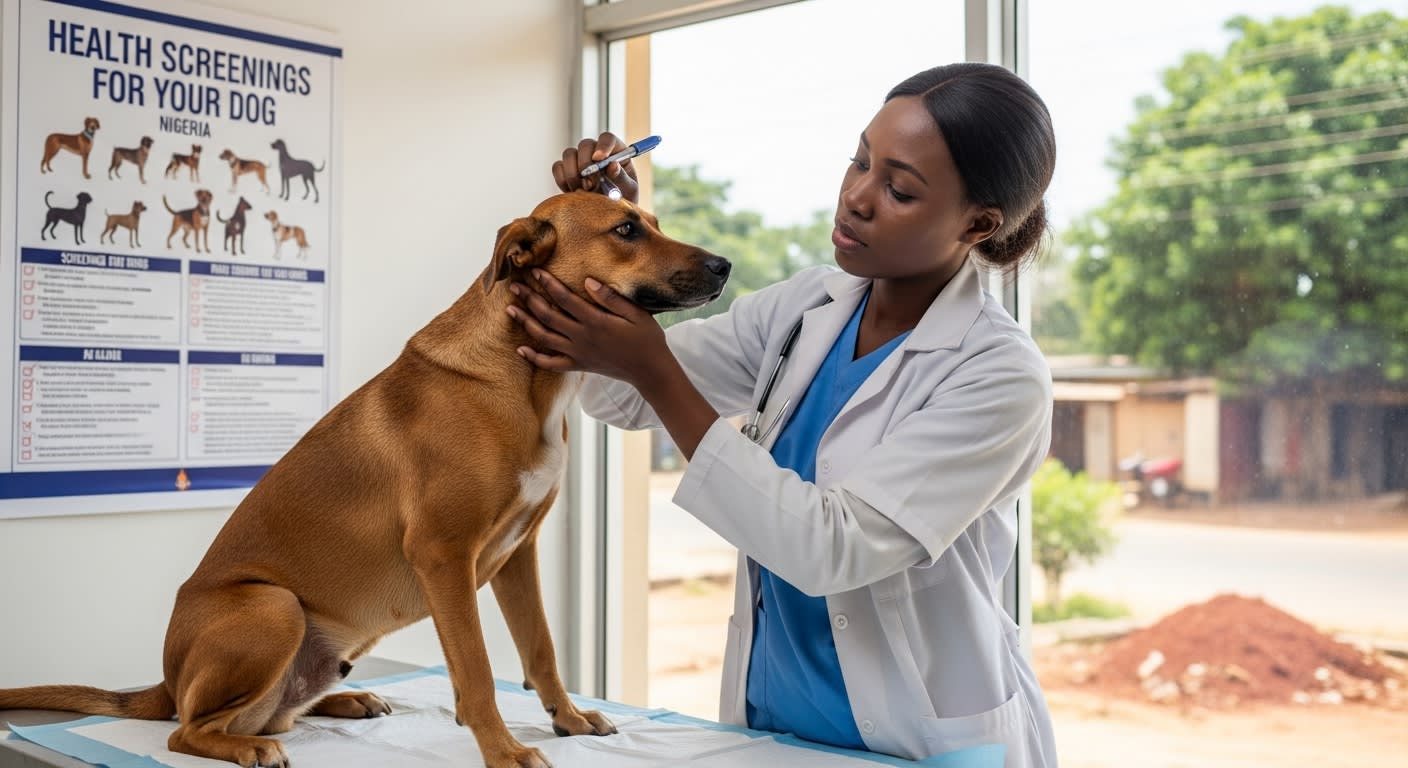Livestock
Livestock Farming Systems In Africa | Mygotovet Guide
Livestock farming in Africa plays a central role in food security, rural livelihoods, and the continent’s agricultural economy. From the deserts of the Sahel to the lush highlands of East Africa, each region supports unique systems tailored to climate, culture, and resources. At Mygotovet, we believe understanding these systems is key to promoting sustainable livestock production and empowering farmers to thrive in diverse environments.
Africa’s livestock sector is broadly categorized into two main types: Pure livestock systems (primarily grassland-based) and mixed farming systems, where crops and animals coexist. These categories evolve further according to agro-ecological zones (AEZs) and management intensity.
Classification of Livestock Production Systems
1. Pure Livestock Production (Grass-Based) Systems
These systems contribute most of their income from livestock, with minimal crop farming. They are common in arid and semi-arid regions where rainfall is scarce.
- Livestock in Arid and Semi-Arid Tropics: Dominant across the Sahel and Horn of Africa, this system relies on open grazing. Livestock adapt to limited vegetation and water resources, highlighting the resilience of African pastoralists.
- Livestock in Humid and Sub-Humid Regions: Found in countries like Nigeria, Ghana, and Uganda, this system benefits from moderate rainfall, allowing a mix of grazing and small-scale feed cultivation.
- Livestock in Temperate and Highland Zones: Practiced in Ethiopia, Kenya, and Rwanda, where cooler climates favor improved pasture and dairy breeds.
RECOMMEDED:
5 Livestock Farms To Start With No Money In Africa
Livestock Farming: Systems, Solutions & Best Farm Practices
How Veterinarians In Africa Can Make Money Online
2. Mixed Crop-Livestock Production Systems in Africa
Mixed systems combine crop residues and livestock manure to maximize productivity. This synergy strengthens soil health and boosts food security.
- Mixed Rainfed Humid and Sub-Humid Tropics: Covers much of sub-Saharan Africa (SSA), where livestock assist with farm traction and provide manure for crop production.
- Mixed Rainfed Arid and Semi-Arid Systems: Prominent in Burkina Faso and Northern Nigeria, these systems support resilience in drought-prone areas.
- Mixed Rainfed Temperate and Highland Systems: Common in Ethiopian highlands, where dairy cattle and small ruminants contribute to both income and nutrition.
- Irrigated Mixed Systems: Significant in Sudan and Egypt, where irrigation supports forage crops and intensive livestock rearing.
Livestock Management Systems
1. Landless and Intensive Livestock Production Systems
- Landless Livestock Production Systems: These rely on purchased feed with high stocking density — common in urbanized settings.
- Landless Monogastric Systems (Pigs and Poultry): Focused on pigs and chickens, this system is fast-growing in West and Southern Africa, supporting urban meat supply chains.
- Urban and Peri-Urban Livestock Systems: These thrive near cities where consumer demand for milk, eggs, and meat is high. Mygotovet assists such farmers with disease monitoring and productivity-enhancing practices.
2. Traditional (Pastoral) Livestock Systems
Pastoralists depend heavily on livestock for income and food, often practicing nomadism or transhumance to adapt to harsh climates.
-
Pure Pastoral Systems: Dominant in camel-keeping cultures of the northern Sahel, with livestock contributing over 90% of income.
-
Dryland and Irrigated Pastoral Systems: Found in semi-arid areas where limited farming complements livestock grazing.
3. Agro-Pastoral Systems
Here, households earn 10–50% of their income from livestock. The animals are usually sedentary, and this system dominates in semi-arid zones (600–1000 mm rainfall).
-
Rainfed Agro-Pastoral Subsystems: Depend on seasonal rainfall for both crops and fodder.
-
Cash Crop-Linked Livestock Systems: Integrate high-value crops like cotton or groundnut with cattle or goats.
Sustainable Livestock Practices for the Future
As climate patterns shift and demand for animal products grows, adopting climate-smart livestock practices helps farmers manage feed, water, and waste more sustainably. Improved grazing management, manure recycling, and feed formulation can reduce environmental impact.
Mygotovet continues to empower livestock farmers in Africa through digital veterinary consultations. Find a Vet among our verified livestock experts or simply signup to Talk to a Vet Now
Frequently Asked Questions on Livestock Farming Systems in Africa
1. What are the main types of livestock farming systems in Africa?
They include solely livestock systems, mixed crop-livestock systems, landless intensive systems, and traditional livelihood-based systems.2. What is the key difference between pastoral and agro-pastoral systems?
Pastoral systems rely almost entirely on livestock, while agro-pastoral systems combine crop farming and livestock rearing.3. How does Mygotovet support livestock farmers?
Through veterinary advisory services, disease prevention programs, and innovative livestock management tools.4. What are the challenges of intensive livestock farming in Africa?
High feed costs, limited veterinary access, and waste management issues are common barriers.5. Why is mixed crop-livestock farming important?
It enhances soil fertility, diversifies income, and promotes resilience against climate shocks.Animal Health & Blogs

04 December 2025
0 likesFinding a veterinarian in Africa can be challenging, especially when finances, distance, busy schedules, or emergen ...
Read More
25 November 2025
0 likesKeeping your dog healthy requires more than love, food, and grooming; it requires understand ...
Read More
25 November 2025
0 likesWelcoming a new puppy into your home is exciting, but it also comes with important decisions ...
Read More